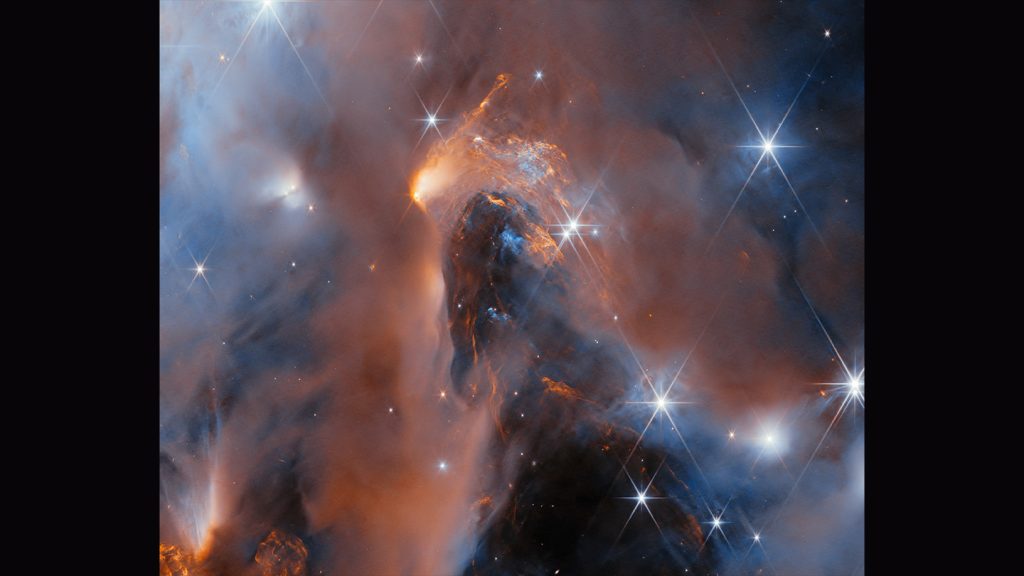A recent discovery using the James Webb Space Telescope has uncovered a cluster of newborn Jupiter-sized worlds in a distant stellar nursery. The smallest of these worlds is surrounded by a dusty disk that researchers believe could potentially give rise to moons in the future. This finding sheds light on the process of star and planetary formation, as stars and planets arise from enormous clouds of gas and dust when pockets of material collapse under the influence of gravity. The same process can also create smaller nonstellar objects such as giant planets and brown dwarfs.
Located about 1,000 light-years away in the constellation Perseus, the young star cluster NGC1333 was found to contain hundreds of newly formed starlike objects, including six infant worlds with masses between five and 15 times that of Jupiter. The discovery of these newborn Jupiter-sized worlds provides further insight into the formation of both stars and planets in such regions. The dusty disk surrounding the smallest world in particular is similar to those found around baby stars, which eventually give rise to planetary systems. Researchers believe that this dusty disk could potentially evolve into a system of orbiting moons around the planet.
The James Webb Space Telescope’s unparalleled sensitivity enabled the detection of these newborn Jupiter-sized worlds in the NGC1333 cluster. The telescope’s ability to spot such objects provides researchers with valuable information about the formation of stars and planets in these environments. The discovery of these young worlds may indicate that the researchers have found the lightest object that can form with a disk in this particular cluster. This finding highlights the similarities between the processes of star formation and planet formation, pushing the boundaries of understanding the star formation process.
Future research using the James Webb Space Telescope will focus on analyzing the chemical composition of the newborn Jupiter-sized worlds and the surrounding material. This analysis may help to explain which types of objects can form under specific circumstances in this particular stellar nursery. By studying the chemical composition of these worlds and their surroundings, researchers hope to gain a deeper understanding of the factors influencing the formation of stars, planets, and other celestial bodies in these regions. The findings from this research have the potential to advance our knowledge of star and planet formation processes.
The discovery of newborn Jupiter-sized worlds in the NGC1333 cluster represents a significant advancement in our understanding of star and planetary formation in stellar nurseries. Studying these young worlds and the processes shaping them provides researchers with valuable insights into the early stages of planetary system development. The detailed analysis of these newborn worlds using the James Webb Space Telescope opens up new avenues for research into the formation of stars, planets, and other celestial bodies. By probing the limits of the star formation process and understanding the conditions that lead to the birth of these infant worlds, scientists can further enhance our knowledge of the complex mechanisms at play in the universe.


